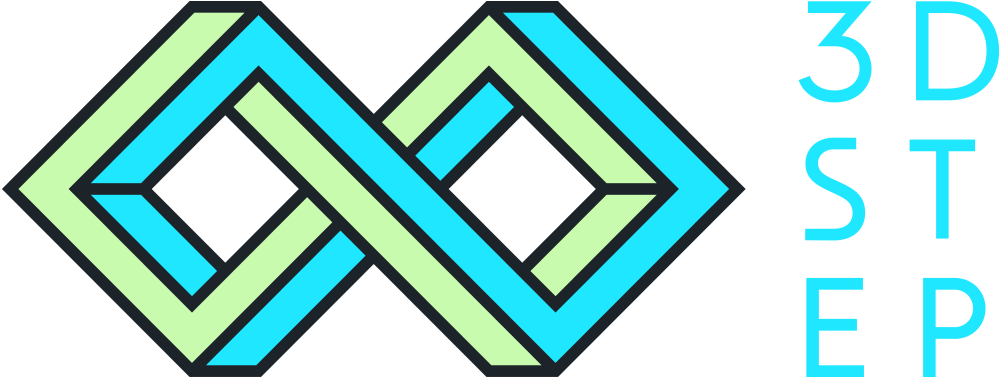Three 3D printing myths still need to be busted
Although the origins of 3D printing date back almost half a century to the 1980s, its full exploitation is still a long way off. The evolution of additive manufacturing into a serious manufacturing process required a number of technological advances in printers, materials, software and business models, among others. Now they are ready for industrial deployment.
But the journey is still in its early stages. Additive manufacturing is steadily moving towards the mainstream, just as the internet was once built from simple applications into an international communication platform for the benefit of all.
The widespread take-up of additive manufacturing is being held back by a few entrenched myths. In this blog post, we will break down three common misconceptions about 3D printing, and conclude with our own tips to help you brainstorm and stimulate your own creative thinking.
Myth 1: "3D printing is for prototyping."
It's true that 3D printing is a convenient, fast and inexpensive way to make prototypes. This is driven in part by the proliferation of inexpensive home and office printers, which typically do not achieve the quality or quantity required for industrial products.
The idea that 3D printing is only suitable for prototyping is a myth-busting exercise. To a large extent, 3D printing is also a method of manufacturing high-volume, high-value, high-demand products. 3D printed products are used in very demanding environments, for example in industry, construction and medical applications. Thanks to their fast delivery times, they also offer an excellent alternative for the production of spare parts.
A model example of the demanding industrial use of 3D printing is our customer Valmet, with whom we have a long history of joint product development with their automation business line and for whom we supply products in series production.
Myth 2: "3D printing is not up to the quality standards of traditional manufacturing."
This statement is already quite outdated in the 2020s and is therefore a genuine myth. For years, additive manufacturing has been achieving at least the same level of quality in finished products as traditional manufacturing methods. 3D printing has been developed for so long that research and practical experience have allowed us to optimise and standardise the variables that affect quality and validate optimal processes. This applies to both metal and plastic printing.
The main factors affecting the quality of 3D printed products are:
conditions: air humidity, temperature and other environmental factors
materials: validation of the properties of different materials in the manufacturer's own process
process: measuring the manufacturing process to ensure and improve quality
post-treatment: e.g. removal of fine particles and painting according to the application.
3D printing often enables products and features that are difficult or even impossible to achieve using traditional methods. Typical examples include, for example, various types of spiral and multi-layer structures.
Myth 3: "3D printing still has limited applications."
In our practical work, we have found that the greatest obstacle to the widespread use of additive manufacturing is the limits of human creativity and imagination. The potential of 3D printing is limitless - already. The world has 3D printed bridges, works of art, human spare parts, food and more. A 3D printer can also be found on the International Space Station.
Adopting a new way of thinking about additive manufacturing is understandably challenging. How many designers, for example, can replicate the energy-efficient flow structures and stunningly durable shapes of plants? Developing this thinking is one of the most important new areas of expertise.
Imagine and implement! Become a 3D printing innovator with 3DStep
If you are not yet familiar with 3D printing, we recommend a straightforward start. For example, bring a home 3D printer for your employees to use and let the ideas flow. The initial investment is high for the benefits gained. The ROI is right on target.
At 3DStep, we offer not only comprehensive services for additive manufacturing, but also high-quality sparring and support to help client companies and organisations develop skills and enable product innovation. Here are a few examples:
We have put together a free 3D printing 100 examples guide for inspiration. In the booklet, we present examples of additive manufacturing from a wide range of application areas, including measurement and tooling, spare parts, soft robotics, implants and visual models - and much more. By downloading the booklet, you will also receive the 3DStep newsletter in the future.
We organise regular workshops with a limited number of participants and help clients to think in new ways, also through one-to-one discussion and sparring sessions.
Metal Printing Study Group 2023. In January-June 2023, we will run a new learning module focusing on 3D metal printing from a technology, design and business perspective. The learning group is open to business staff and entrepreneurs.
At 3D & New Materials, we will host M3dical 2022 on Thursday 1 December in collaboration with the Finnish Medical 3D Printing Network. At the event, we will explore medical 3D printing applications and demos.
You can also follow our activities on LinkedIn and Facebook. You can also contact our 3D printing professionals directly - for us, imagining and realising is a rewarding, endlessly interesting full-time job.
The author Pekka Ketola is an innovation professional, entrepreneur, speaker and columnist, and CEO of 3DStep, who is inspired by pushing the boundaries of possibility.

